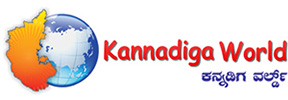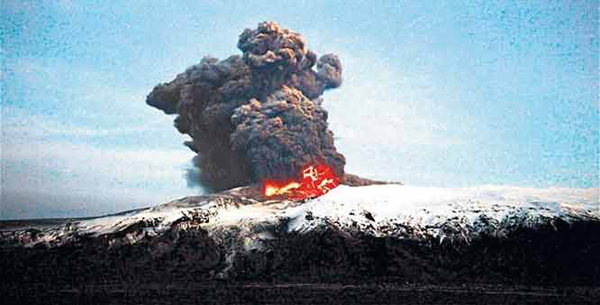New Delhi: With the eruption of the Baroarbunga volcano in Iceland scientists discovered that the molten rock forms vertical sheet-like features known as dykes, which force the surrounding rock apart.
“New crust forms where two tectonic plates are moving away from each other. Mostly this happens beneath the oceans, where it is difficult to observe. However, in Iceland this happens beneath dry land,” explained Andy Hooper from University of Leeds.
“Using radar measurements from space, we can form an image of caldera movement occurring in one day. Usually we expect to see just noise in the image, but we were amazed to see up to 55cm of subsidence,” said Karsten Spaans from University of Leeds
The rate of dyke propagation was variable and slowed as the magma reached natural barriers. The dyke grows in segments, breaking through from one to the next by the build up of pressure.
Thus magma under central volcanoes is effectively redistributed over large distances to create new upper crust at divergent plate boundaries.
Like other liquids, magma flows along the path of least resistance, which explains why the dyke at Baroarbunga volcano in Iceland changed direction as it progressed.
“Our observations of this event showed that the magma injected into the crust took an incredibly roundabout path and proceeded in fits and starts,” Hooper concluded.

